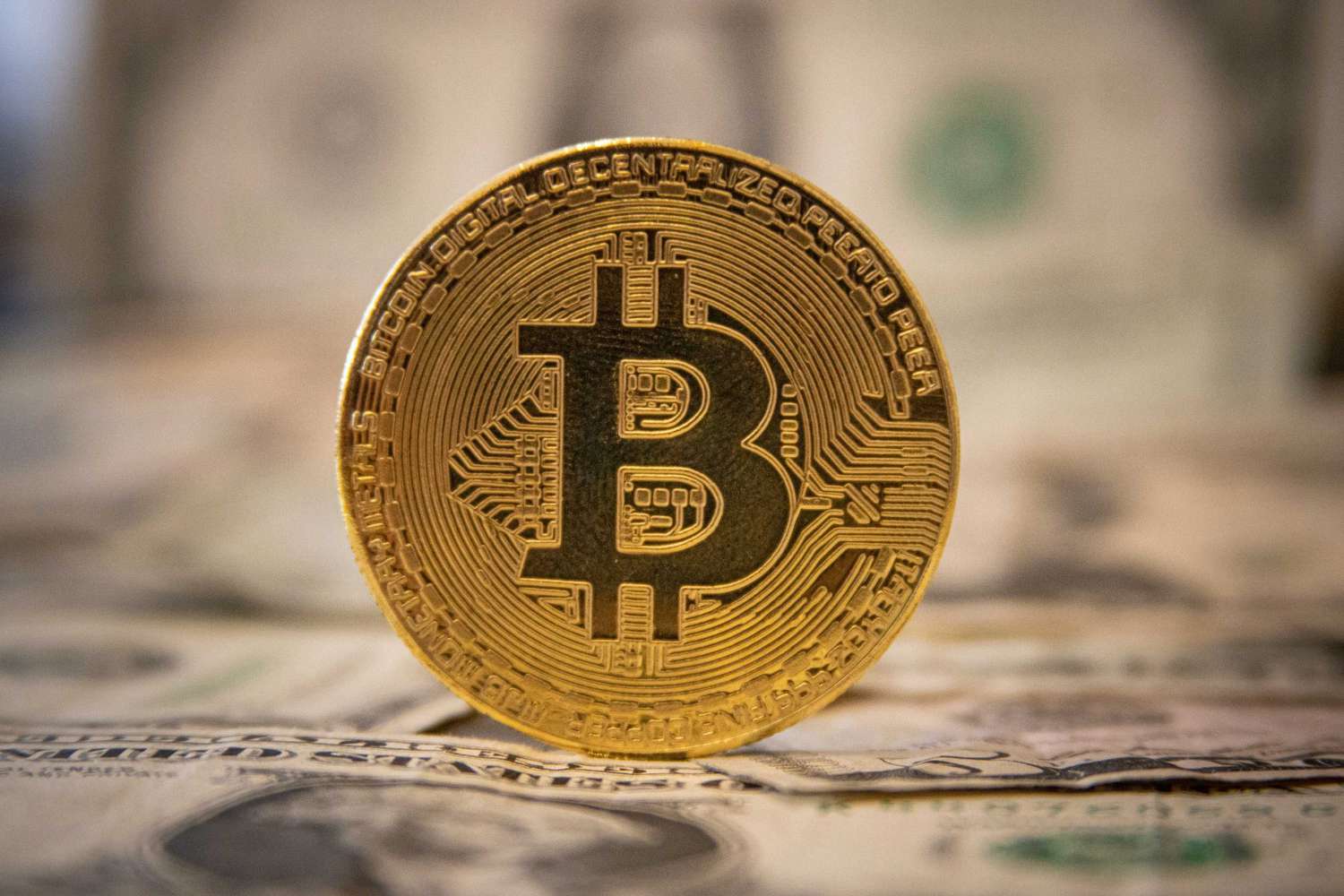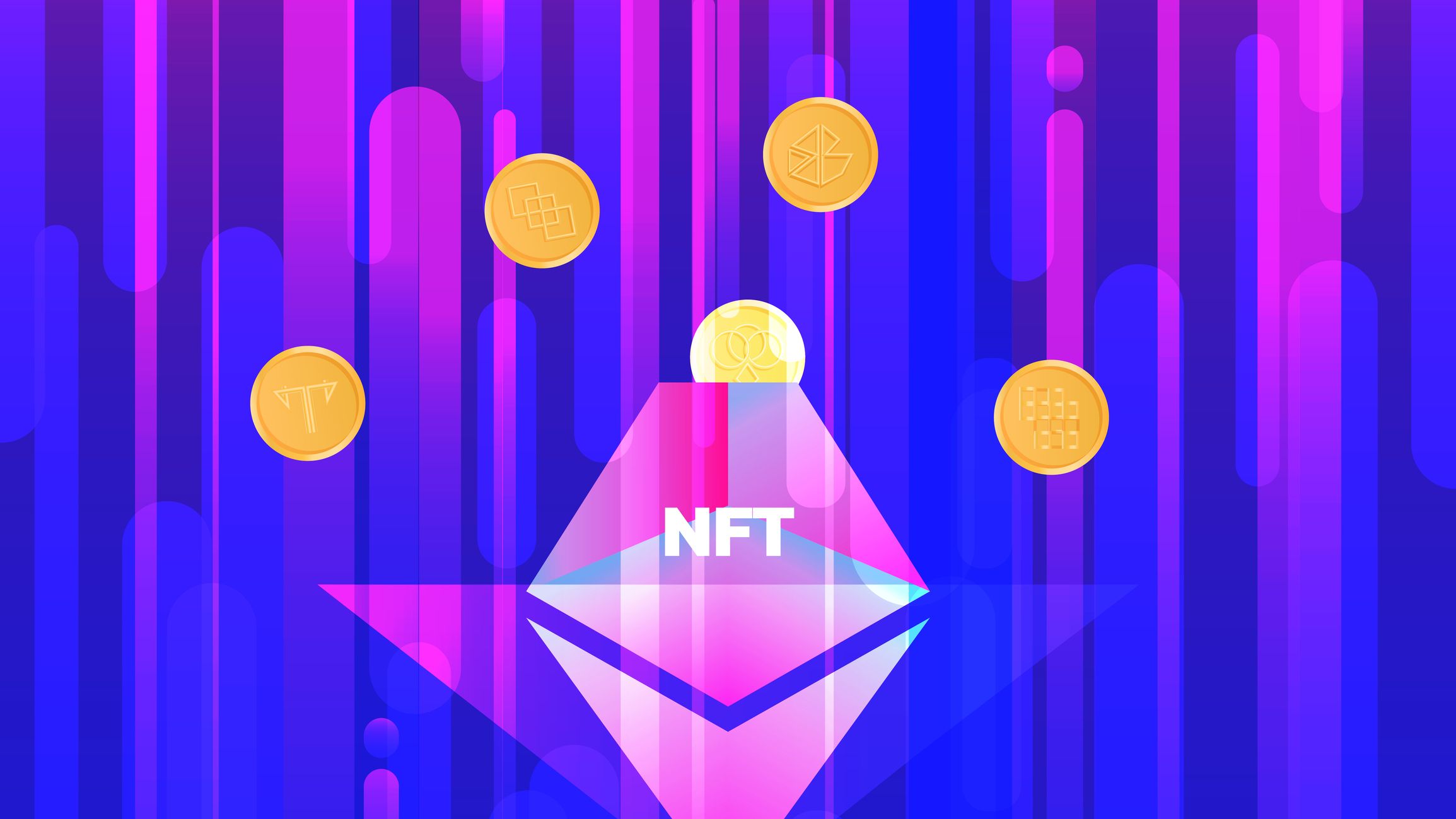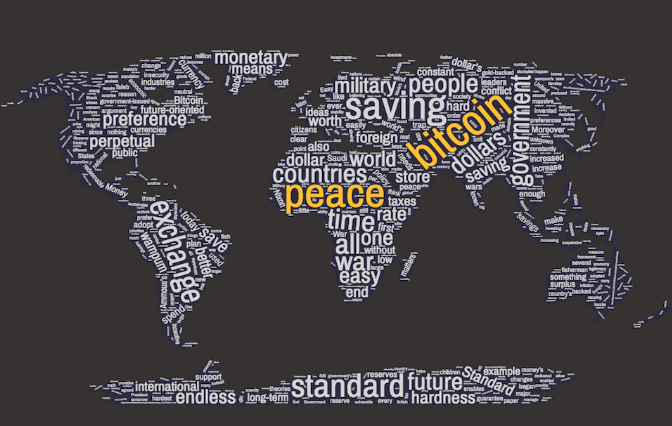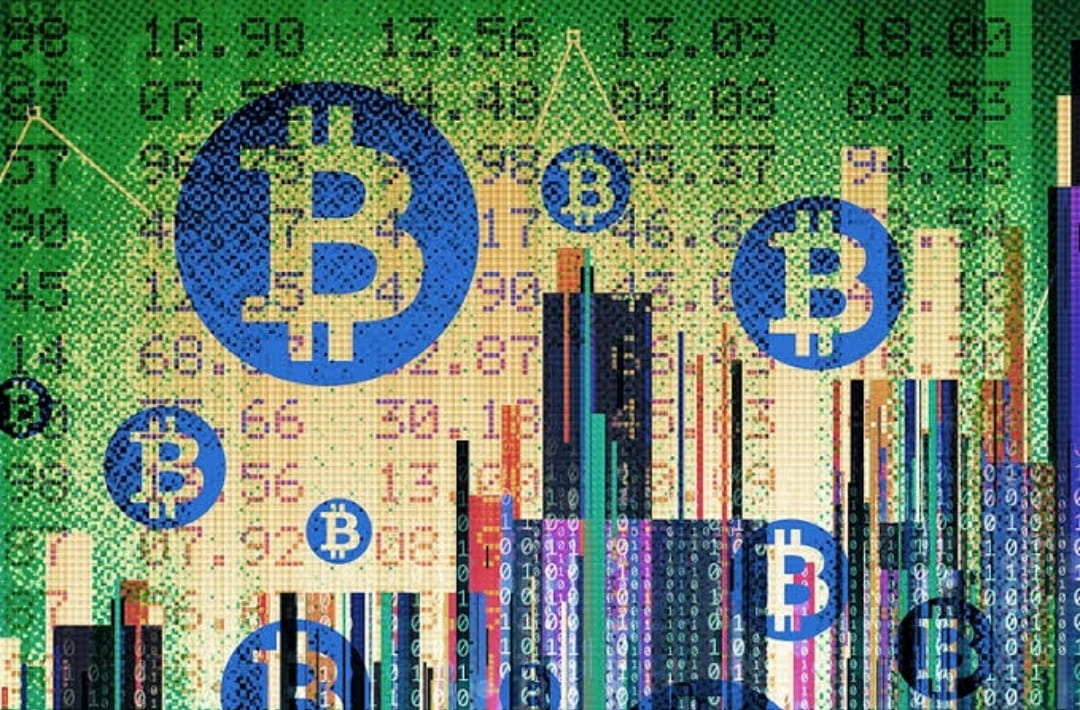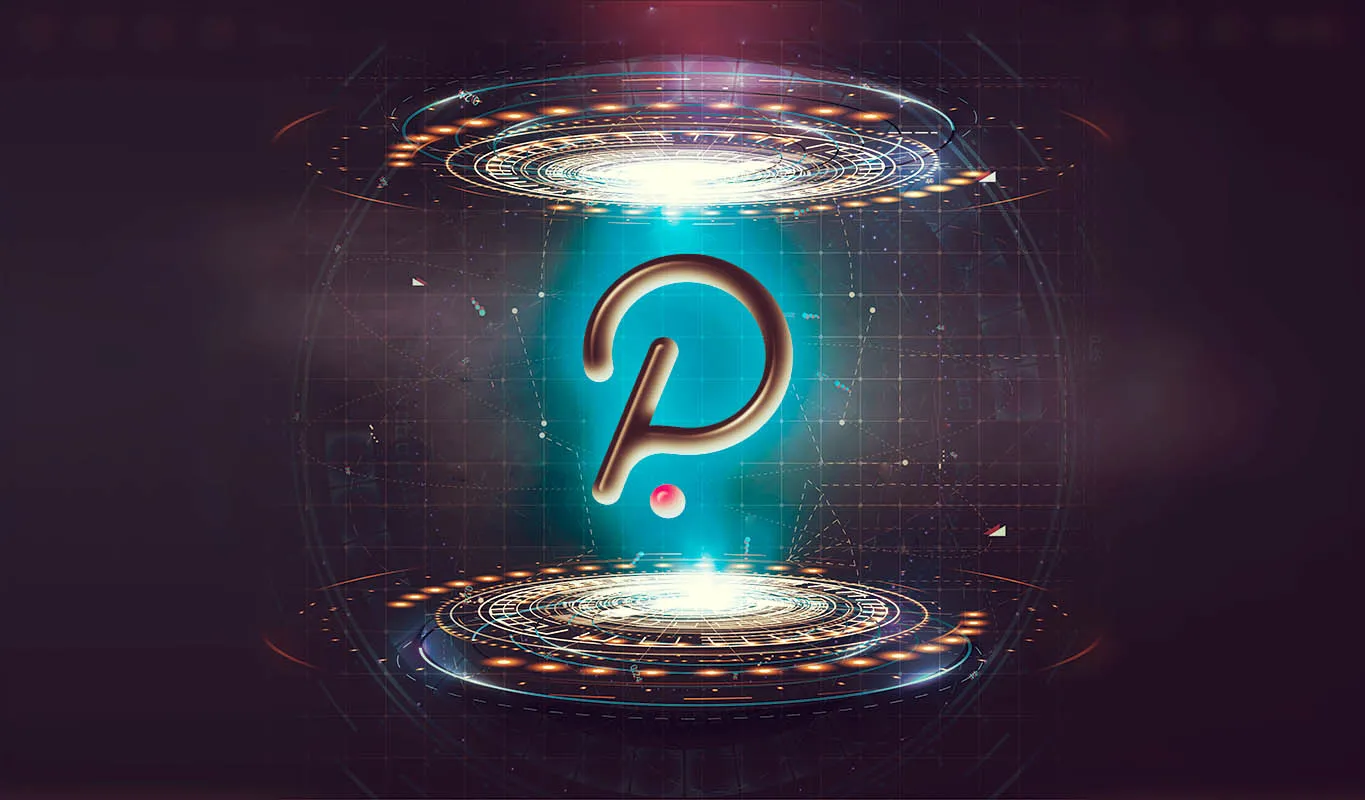Slow Food: Kenny Schachter reflects on blockchain art's past, present, and future
He began by discussing the early days of the movement, when reflects on blockchain art's was still in its infancy.
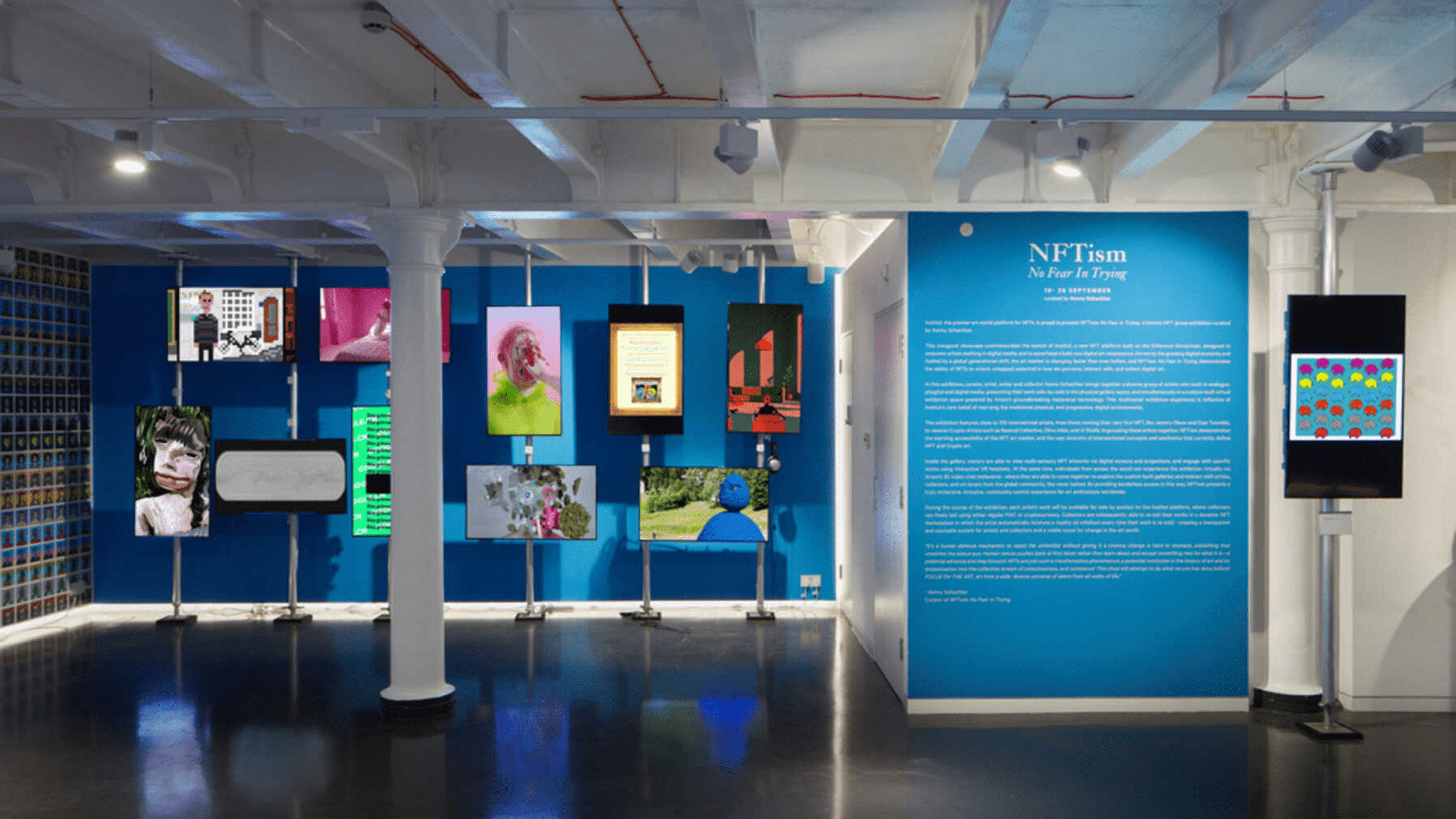
Kenny Schachter is a New York-based art critic, curator, and collector. He is also the founder of Artnet, one of the world's leading online art news and information resources.
In a recent interview, Schachter reflected on the past, present, and future of blockchain art. He began by discussing the early days of the movement, when reflects on blockchain art's was still in its infancy.
"In the beginning, blockchain art was very experimental," Schachter said. "Artists were trying to figure out how to use this new technology to create new and innovative forms of art."
One of the early challenges facing blockchain artists was how to create and distribute their work. At the time, there were no established marketplaces for blockchain art. As a result, artists had to rely on their own networks to promote and sell their work.
Another challenge facing early blockchain artists was the lack of understanding of blockchain technology among the general public. Many people were skeptical of blockchain and its potential to disrupt the art world.
Despite these challenges, Schachter said that he was always optimistic about the future of blockchain art. He saw the potential for blockchain to revolutionize the way art is created, distributed, and collected.
"I always believed that blockchain had the potential to democratize the art world," Schachter said. "It could give artists a way to bypass the traditional gatekeepers and sell their work directly to collectors."
Kenny Schachter reflects on blockchain art's past, present, and future
Schachter's prediction has since come true. Today, there are a number of established marketplaces for blockchain art. And, thanks to the rise of social media, artists can now promote and sell their work to a global audience.
Schachter is also bullish on the future of blockchain art. He believes that blockchain has the potential to transform the art world in a number of ways.
"Blockchain can make the art market more transparent and efficient," Schachter said. "It can also help to reduce fraud and counterfeiting."
In addition, Schachter believes that blockchain can open up new possibilities for artists. For example, artists can now use blockchain to create new forms of interactive and generative art.
"Blockchain is still a relatively new technology, but it has the potential to revolutionize the art world," Schachter said. "I'm excited to see what the future holds for blockchain art."
Here are some specific examples of how blockchain is transforming the art world:
- Transparency and efficiency: Blockchain can make the art market more transparent and efficient by providing a public record of all transactions. This can help to reduce fraud and make it easier for buyers and sellers to trust each other.
- Reduced fraud and counterfeiting: Blockchain can also help to reduce fraud and counterfeiting in the art market. By using blockchain to track the ownership of artworks, it is possible to verify the authenticity of a work of art before buying it.
- New forms of art: Blockchain is opening up new possibilities for artists. For example, artists can now use blockchain to create new forms of interactive and generative art. Interactive art allows viewers to interact with the artwork, while generative art is created using algorithms.
- Decentralization: Blockchain is also helping to decentralize the art world. By using blockchain to sell their work directly to collectors, artists can bypass the traditional gatekeepers, such as galleries and auction houses. This gives artists more control over their careers and allows them to sell their work for a higher price.
Overall, blockchain is having a significant impact on the art world. It is making the market more transparent and efficient, reducing fraud and counterfeiting, opening up new possibilities for artists, and decentralizing the industry.
In addition to the above, here are some other thoughts on the future of blockchain art:
- Blockchain art is still in its early stages of development, but it is growing rapidly. The number of blockchain artists and collectors is increasing, and there is a growing awareness of blockchain art among the general public.
- Blockchain art is becoming more diverse. In the early days of blockchain art, most of the work was focused on digital collectibles. However, today, blockchain artists are creating a wide range of artworks, including paintings, sculptures, and videos.
- Blockchain art is becoming more accessible. In the early days of blockchain art, it was difficult and expensive to buy and sell blockchain artworks. However, today, there are a number of user-friendly marketplaces that make it easy for anyone to buy and sell blockchain art.
Overall, the future of blockchain art is bright. Blockchain has the potential to revolutionize the way art is created, distributed, and collected. It is an exciting time to be involved in the blockchain art world
What's Your Reaction?








